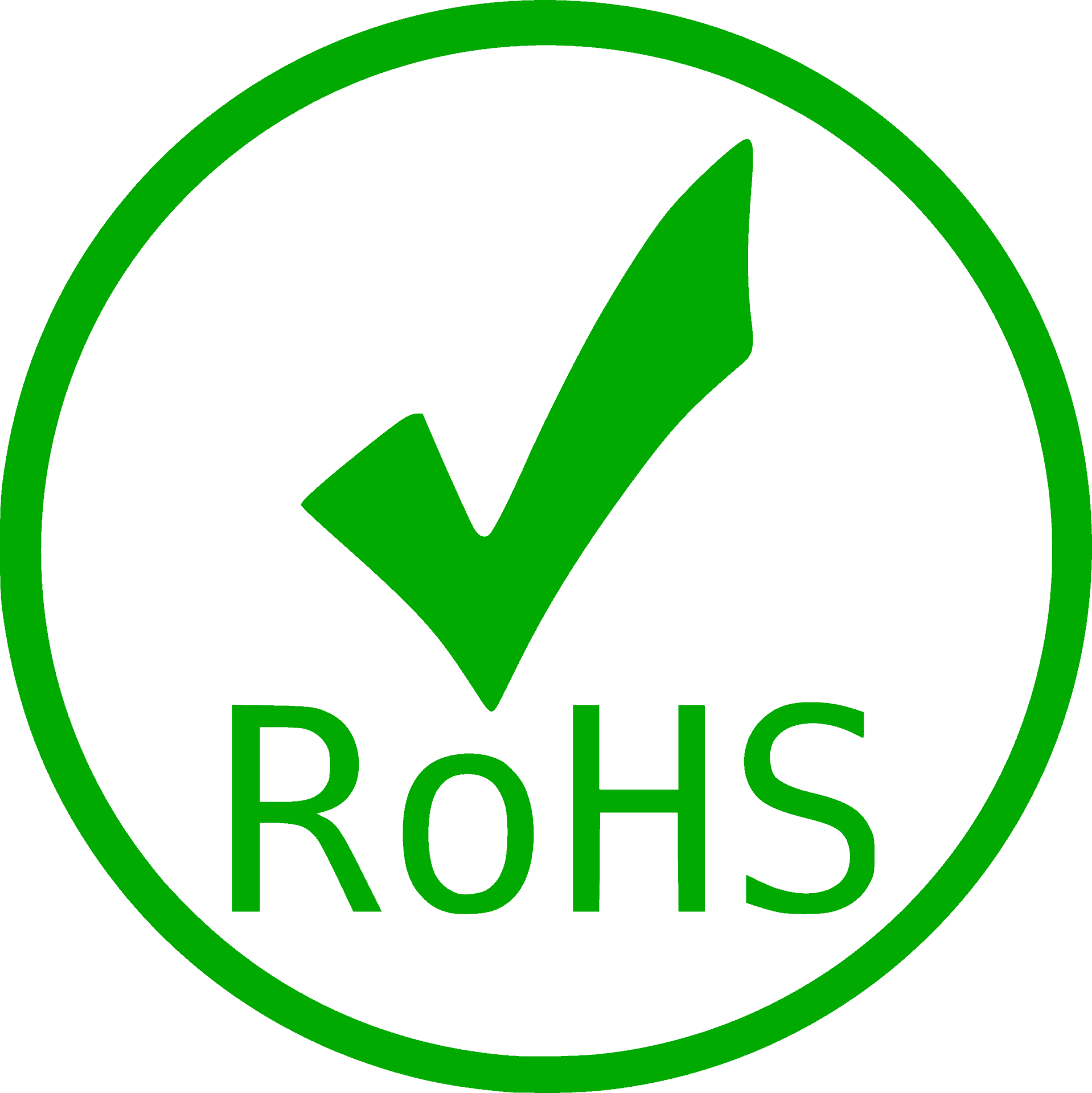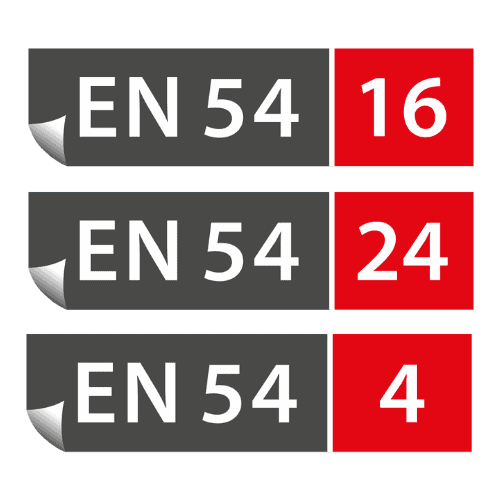Acoustic basics (Fundamentals)
Sound acoustics
1. Concept of acoustics :
GLOSSARY :
- Sound : A sound is a pressure variation around the atmospheric pressure expressed in Pascal (Pa).
Human ear is sensitive from 20µPa to 200Pa. A sound wave is propagated at a speed of 340 m/s at 20°C in air. A perfect human ear perceived sounds from 20Hz to 20 000Khz.
- dB : Logarithmic unit that expresses a level of pressure (0 dB = 20µPa, 94 dB = 1Pa, 114 dB = 10Pa).
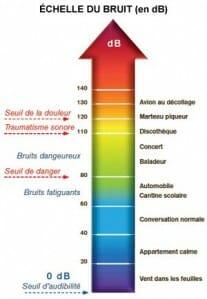
The sound level pressure in dB (SPL) decrease of 6 dB in free field when the distance is doubled :

The free field is a space devoid of reflection. In this case, the acoustic wave loses 6 dB per doubling of the distance.
Unlike a free field, the reverberating field is an acoustic propagation area where the acoustic wave encounter obstacles that gives reflections (for example an empty apartment behaves like an echo chamber). In this case the decrease of 6dB can’t be applied.
The SPL of a loudspeaker is increasing by 3dB when the power is doubling. If a loudspeaker have a SPL of 90dB 1W/1m, when this loudspeaker is wired on 2W the SPL will be 93dB at 1m and for 8W the SPL will be 99dB at 1m.
dBA : Is a SPL unit weighted according to the human ear perception. Indeed the human ear behaves like a filter that enhance human speech frequencies. Below against the weighting curve of dBA.
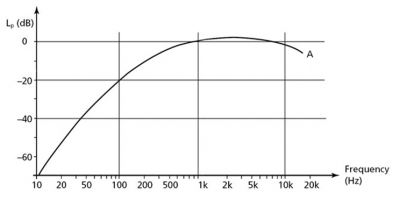
Background noise : Background noise is the level of pressure that occurs in normal use without any message or music being played. For example, background noise in a restaurant is around 50 dBA.
Reverberation time : The time it takes for an impulse to lose X dB of pressure level, where X corresponds to 60 dB for the TR60 or 30 dB for the TR30. It is due to the geometry of the room and the materials used.
Reflections : Reflection is a phenomenon caused when a sound wave encounters an obstacle. There are two types of reflection: early reflections (important for intelligibility) and late reflections (harmful for intelligibility).
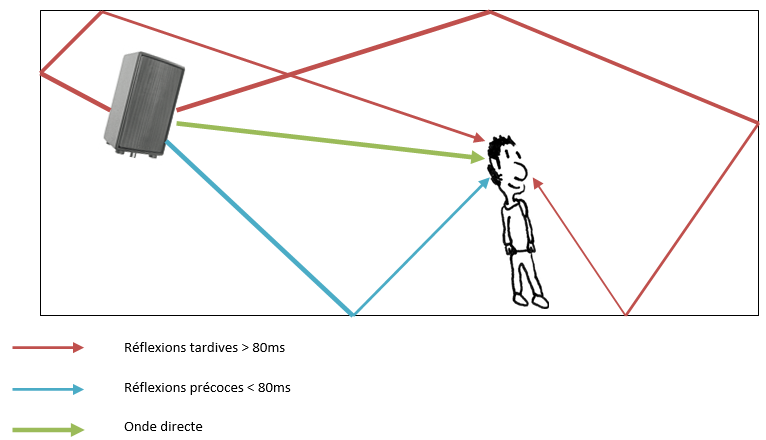
Absorption : Ability of a material to dissipate the energy of an acoustic wave and thus reduce the level of the reflected wave. All materials have an ability to reflect or absorb sound. This capability is defined by the absorption rate which is between 0 and 1. 0 is a reverberant material and 1 is a fully absorbent material.
Resonance : Ability of an object, a wall or a place to vibrate at a specific frequency. For example a glasses broken by an singer.
Intelligibility : Percentage of message comprehension. This percentage depends on the ratio between the direct wave and the reflected wave, and on the reverberation time. It is expressed in RASTI, STI or CIS. The higher the percentage, the better the intelligibility.
Mask effect : This effect appears when the pressure level of the message or the music broadcast is close to the level of background noise. To understand a voice message, we admit a difference of 15-20 dB between these two levels.
Delay : Delay is used in the case of multiple speakers are used. The delay time is determined by the distance between speakers and the sound velocity. In case we don’t use delay, phase shift phenomena may occur.
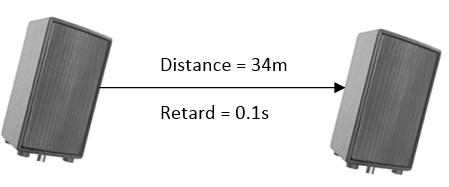
Phase shift : This is identical to that known in electronics. When two speaker broadcast toward to the same point are not wired in phase, loss of sound pressure level can appear by the addition of the two waves.
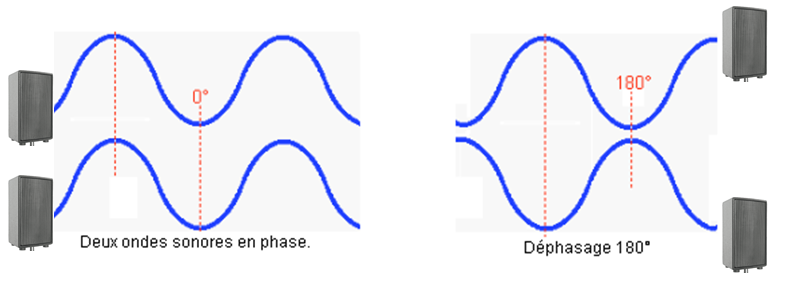
Sensibility of a transducer : Sound pressure level (SPL in dB) provided by a speaker when is supplied by a power of 1W at 1 meter.
Directivity of a loudspeaker or microphone : Vertical and horizontal angle of sound dispersion from the axis of the loudspeaker depending on the frequency. The most used directivity for microphone are: cardioid, hyper-cardioid or omnidirectional. They are given by a polar diagram.
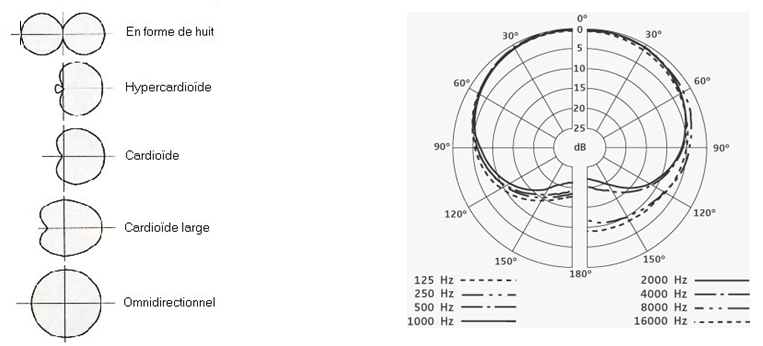
For loudspeaker more the frequency is high more the directivity is reduced. Tweeters are more directive while a subwoofer is considered omnidirectional.
STI Index :
0% – 30% : Very bad
30% – 45% : Bad
45% – 60% : Correct
60% – 75% : Good
75% – 100% : Excellent
STI conversion table – CIS (common inteligibility scale) :
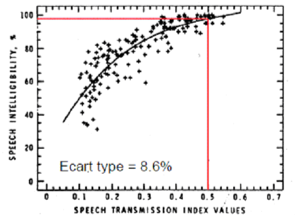
MAJORCOM

Expert in Public Address and Voice Alarm systems for the past 50 years.





